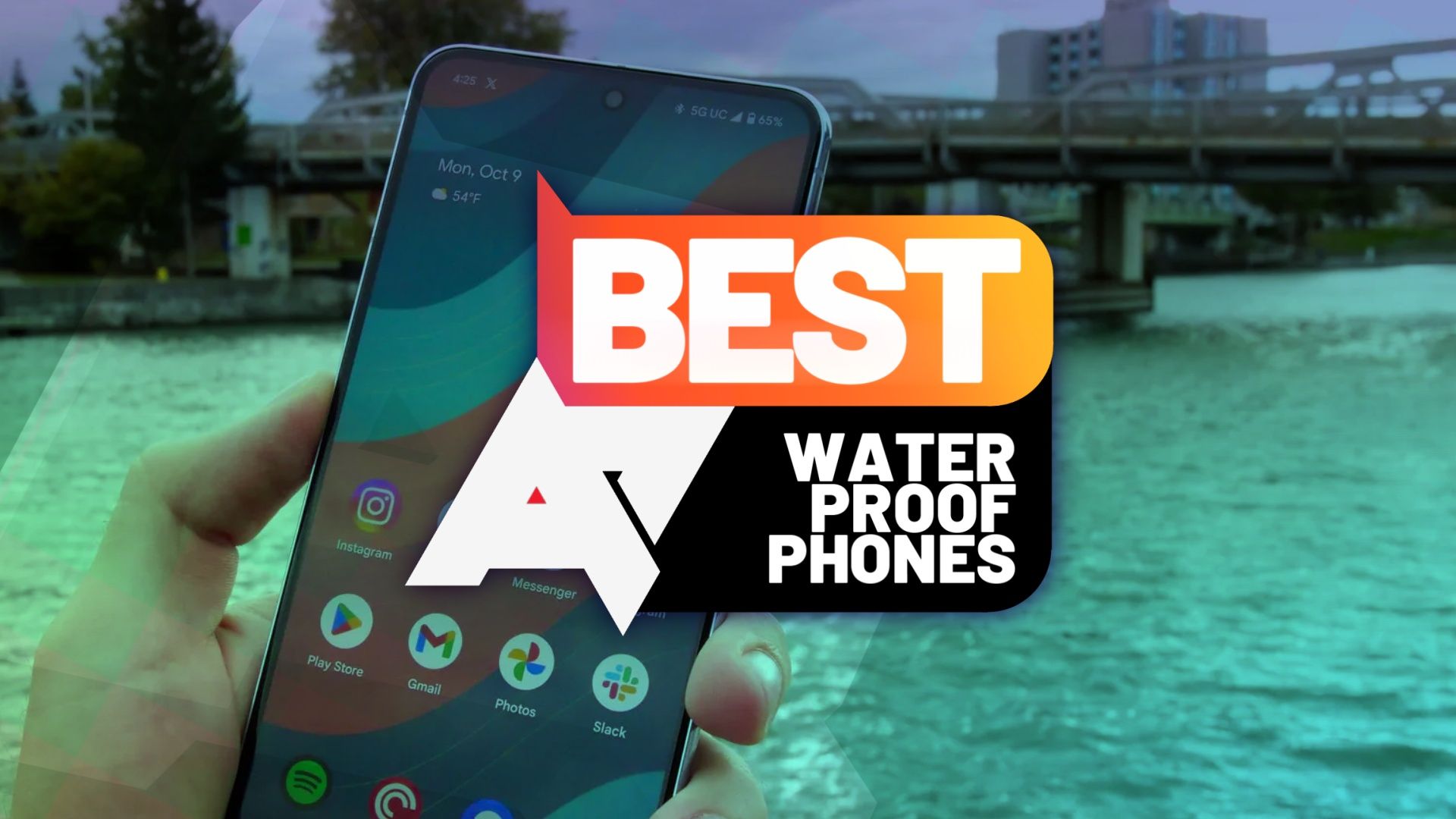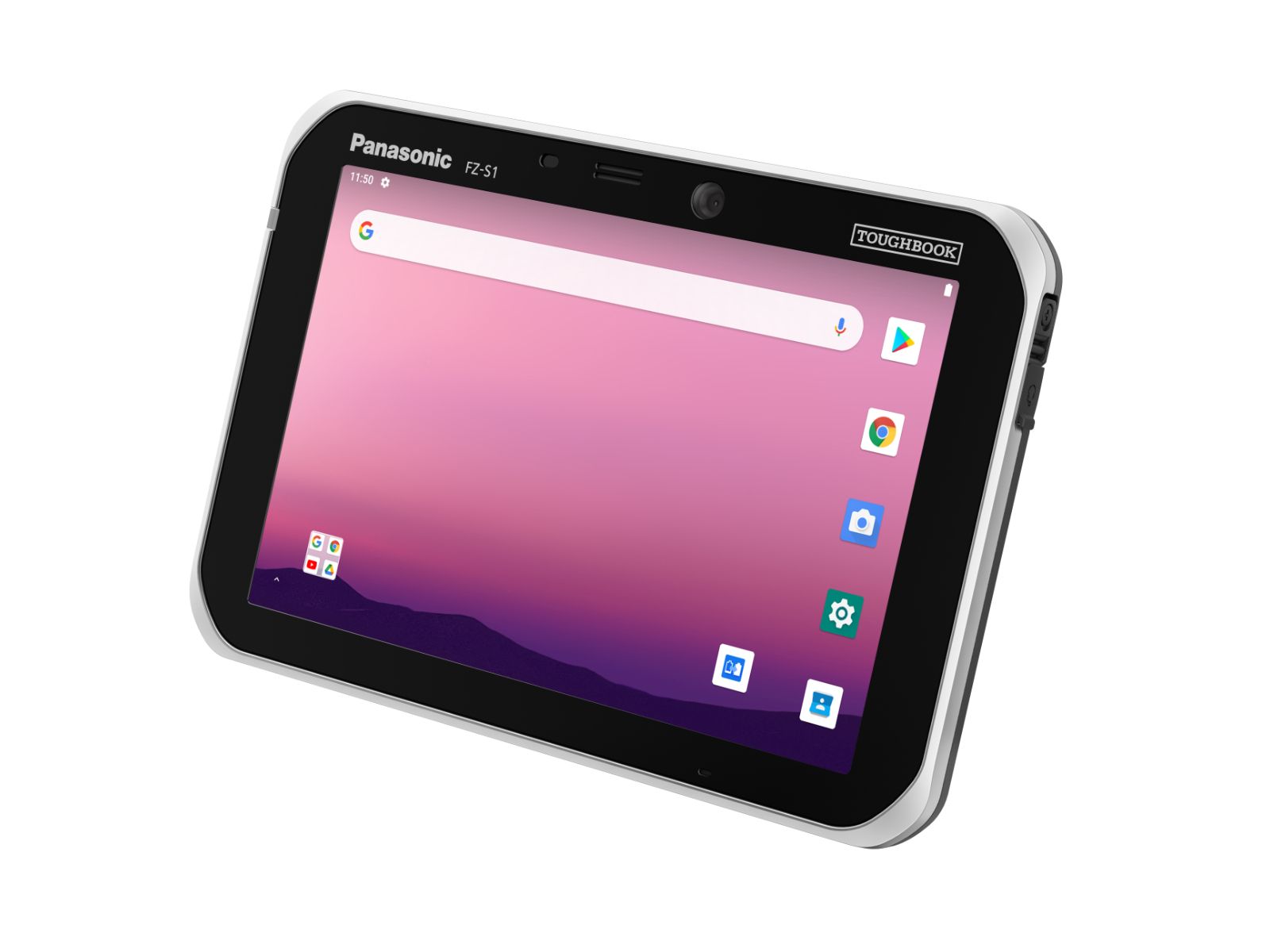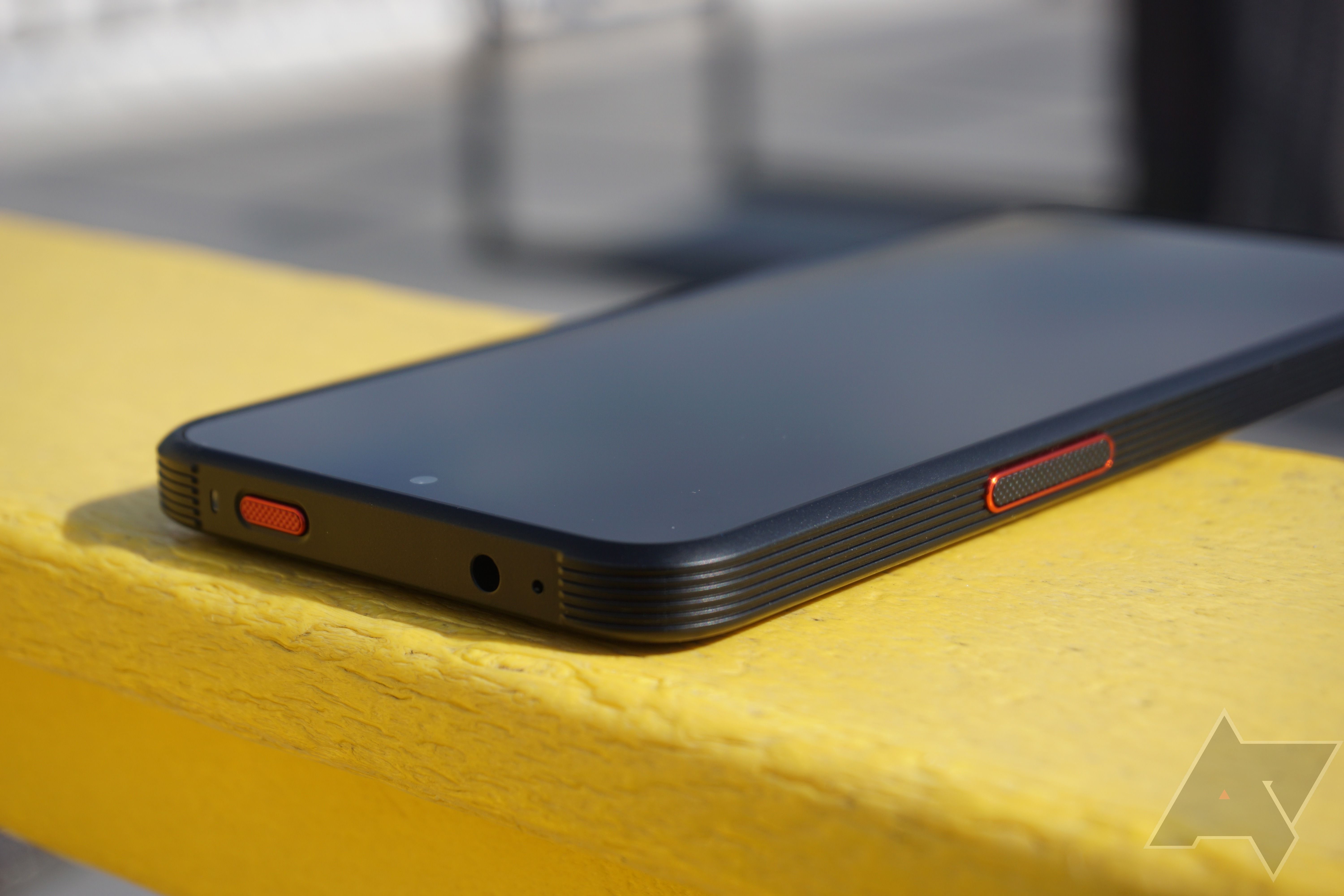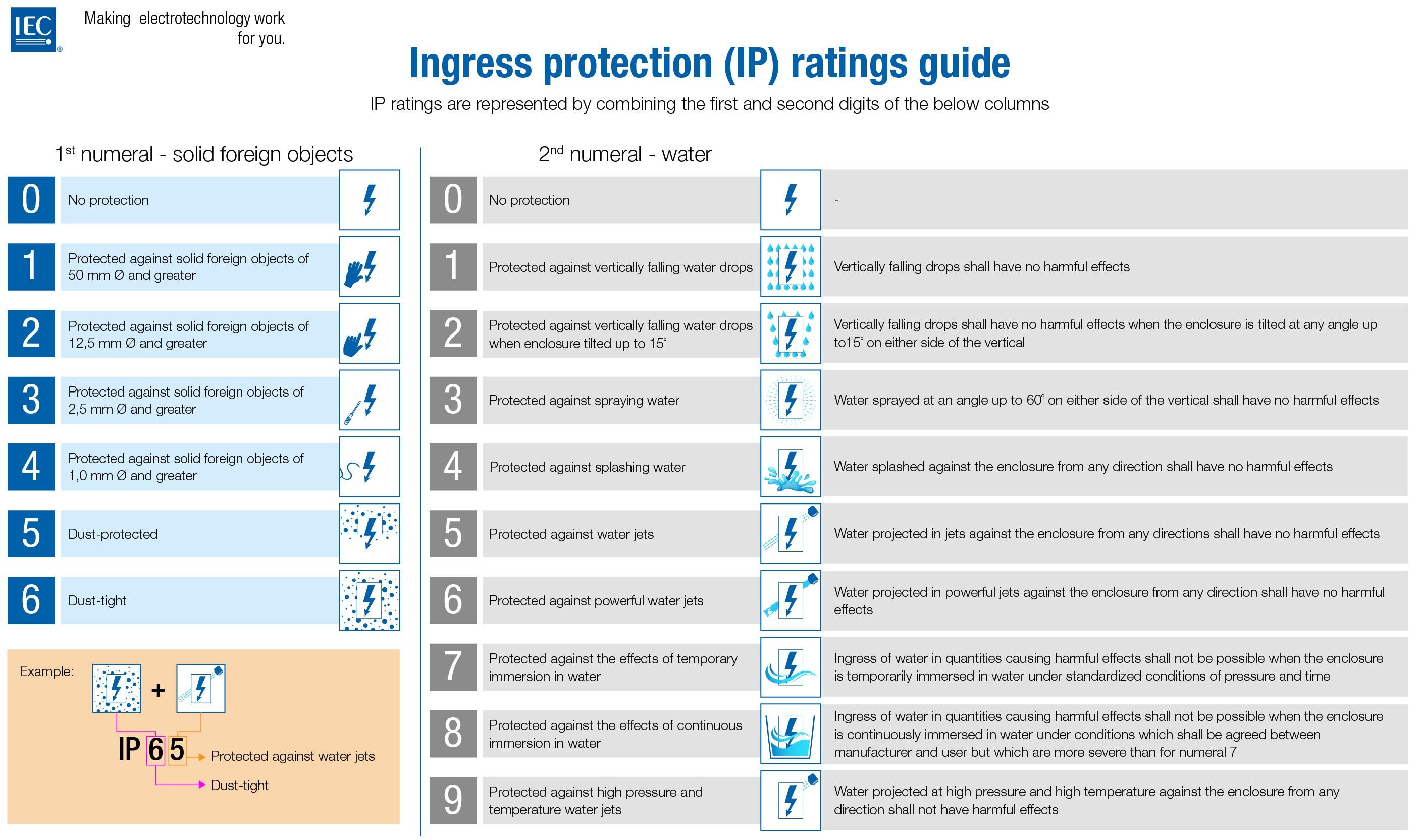Summary
- Flagship Android phones have IP and MIL-STD-810 ratings, ensuring durability for everyday use.
- MIL-STD-810 is a diverse military standard that tests phones for shocks, vibration, and more.
- IP ratings show a phone’s resistance to water and dust, with IP68 offering top-tier protection.
Your phone is an integral part of your daily life, helping with communication, directions, purchases, and more, so you need it to be durable and reliable. That’s why the best Android phones feature IP ratings, and some have MIL-STD-810 ratings. A phone with good durability ratings can be the difference between a harmless accident and losing your phone and a large amount of data.
Here’s what you need to know about IP or MIL-SPEC ratings to determine how rugged your phone is and whether it’s safe to use in the rain and other potentially hazardous situations.
Are IP and MIL-STD-810 ratings different?
Flagship phones are expected to have an IP rating, but a MIL-STD-810 rating is less common on consumer devices. For example, IP67 provides good protection from water and dust, and IP68 offers even better water resistance. We explore what those numbers mean later.
MIL-STD-810 goes further in many ways, and it’s a more diverse standard. A MIL-STD-810 rating can include tests of a phone’s ability to survive shocks, vibration, acceleration, freezing and thawing cycles, and more.
It might sound like IP ratings are a weaker standard, but that isn’t always true. We discuss the problem of how manufacturers perform military specification tests below.
What is MIL-STD-810 compliance?
The MIL-STD or “military standard” is a US hardware grading system enforced by the Department of Defense and maintained by the Armed Forces to ensure their equipment is battlefield capable and meets specific defense-related requirements. Beyond military use, the standard is used by many organizations to test the ruggedness and durability of devices in extreme conditions.
The MIL-STD addresses several processes for testing equipment in various conditions, including extreme temperatures, solar radiation, vibrations, and more. It creates a unified platform for comparing all military gear of the US and its allies, and some smartphone companies make devices that meet those standards.
The MIL-STD-810H-certified Panasonic Toughbook S1
We look at the most widely used Military Standard, MIL-STD-810G. Some form of this standard has been in use since the early days of the Air Force. The numbers and letters in the name refer to the test version currently used.
The MIL-STD-810G is broken into three parts:
- Part One: General Program (Environmental, Engineering) Guidelines
- Part Two: Laboratory Test Methods
- Part Three: World Climatic Regions
Most vendors focus on part two, which consists of the test methods that indicate the device’s environmental worthiness and durability. For MIL-STD-810G, they include:
- Test Method 500 – Low Pressure (Altitude)
- Test Method 501 – High Temperature
- Test Method 502 – Low Temperature
- Test Method 503 – Temperature Shock
- Test Method 504 – Contamination by Fluids
- Test Method 505 – Solar Radiation (Sunshine)
- Test Method 506 – Rain
- Test Method 507 – Humidity
- Test Method 508 – Fungus
- Test Method 509 – Salt Fog
- Test Method 510 – Sand and Dust
- Test Method 511 – Explosive Atmosphere
- Test Method 512 – Immersion
- Test Method 513 – Acceleration
- Test Method 514 – Vibration
- Test Method 515 – Acoustic Noise
- Test Method 516 – Shock
- Test Method 517 – Pyroshock
- Test Method 518 – Acidic Atmosphere
- Test Method 519 – Gunfire Shock
- Test Method 520 – Temperature, Humidity, Vibration, and Altitude
- Test Method 521 – Icing/Freezing Rain
- Test Method 522 – Ballistic Shock
- Test Method 523 – Vibro-Acoustic/Temperature
- Test Method 524 – Freeze / Thaw
- Test Method 525 – Time Waveform Replication
- Test Method 526 – Rail Impact.
- Test Method 527 – Multi-Exciter
- Test Method 528 – Mechanical Vibrations of Shipboard Equipment (Type I – Environmental and Type II – Internally Excited)
It isn’t only the tests that are important, but also the test results. Those are harder to summarize. The MIL-STD-810G documentation that includes instructions to perform tests and tables of acceptable results is over 800 pages long, with different acceptable results depending on the intended environment, type of contaminant, and more.
These tests have specific ranges of acceptability that indicate extreme reliability. If a manufacturer claims its device is MIL-STD-810G compliant, it means it’s durable and is more likely to survive drops and harsh environments. (At least, according to the manufacturers. More on this in a moment.)
What phones meet this standard?
Our favorite phones with MIL-STD-810G compliance include:
- Samsung Galaxy Xcover6 Pro
- Samsung Galaxy S23 Tactical Edition
- Unihertz Tank
- LG V60 ThinQ
- LG G8 ThinQ
- LG Velvet
- LG Wing
- Sonim XP8
- Kyocera DuraForce PRO 2
- CAT S42
- CAT S61
- Doogee S60
- Doogee S88
- Doogee S96 Pro
- Ulefone Armor Mini 2
- Ulefone Armor 11 5G
If there’s one trend common to these devices, it’s their appearance: bulky, cumbersome, and rugged. So you might be wondering why the LG phones, covered in glass and looking all pretty and compact, would be in the same category as the Doogee S60, which screams rugged all the way. The answer brings us to the next section.
The limitations: Why all is not always as it seems
Stay on guard for these common practices when shopping for a device specifically for its military standard compliance.
Many rugged device manufacturers claim their computers or phones are MIL-STD-810G certified. Ideally, they must meet several stringent guidelines established by an external testing laboratory such as the National Testing Service (NTS). Some manufacturers perform the tests in-house without external verification, but that should be fine if they’re honest.
However, companies aren’t obligated to prove that the tests were carried out. Even when performed, the device’s state (was it in storage or operation mode?) is often not mentioned during the test. This information is crucial for many reasons. Water penetration, for example, can result in different kinds of damage depending on whether the phone was on or off when submerged. Similarly, an open laptop impacts the floor differently from one that’s closed.
Another aspect to consider is that MIL-STD tests simulate many scenarios, so companies can pick a handful and claim the badge. Performing a limited number of tests isn’t the problem. Your phone probably won’t encounter gunfire shock. If your priority is ruggedness, look for a phone tested for scenarios that match your needs rather than one that claims MIL-STD-810 compliance in the abstract.
Though popular in the world of rugged phones, MIL-STD compliance is a bit obscure among mainstream smartphone users. A more familiar standard, though, is the IP rating. Let’s take a look.
What goes into an IP rating?
The IP rating was established by the International Electrotechnical Commission (IEC) in 1976 to provide a standardized method of classifying mechanical casings and electrical enclosures. It gives manufacturers a platform to make confident claims about the protection levels of their products. In addition, it provides a universal yardstick by which consumers can tell how resistant a device is to water and solid materials like dirt, dust, and sand. According to the IEC, IP rating officially stands for “ingress protection rating,” though some third parties claim that the “I” can stand for international or internal.
The rating consists of the letters IP followed by two digits. The first represents a device’s protection against solid material and ranges from 0 to 6, while the second measures protection against water intrusion and ranges from 0 to 9. Both tests are independent of each other. A device could be certified dust resistant but is not protected against water, and vice versa.
Here are charts showing the protection levels in detail.
Solid protection (first digit)
|
Level |
Protected against (object size) |
Effective against |
|
0 |
Not protected |
No protection against contact and ingress of objects. |
|
1 |
>50 mm |
Any large surface of the body, such as the back of a hand, but no protection against deliberate contact with a body part. |
|
2 |
>12.5 mm |
Fingers or similar objects. |
|
3 |
>2.5 mm |
Tools, thick wires, etc. |
|
4 |
>1 mm |
Most wires, screws, etc. |
|
5 |
Dust protected |
Ingress of dust is not entirely prevented, but it must not enter in sufficient quantities to interfere with the satisfactory operation of the equipment; complete protection against contact. |
|
6 |
Dust-tight |
No ingress of dust; complete protection against contact. |
Liquid protection (second digit)
|
Level |
Protected against |
Effective against |
Details |
|
0 |
Not protected |
N/A |
N/A |
|
1 |
Dripping water |
Dripping water (vertically falling drops) has no harmful effect. |
Test duration 10 minutes, water equivalent to 1mm rainfall per minute. |
|
2 |
Dripping water when tilted up to 15° |
Vertically dripping water has no harmful effect when the enclosure is tilted at an angle up to 15° from its normal position. |
Test duration 10 minutes, water equivalent to 3mm rainfall per minute. |
|
3 |
Spraying water |
Water falling as a spray at any angle up to 60° from the vertical has no harmful effect. |
Test duration 5 minutes, water volume 0.7 liters per minute, pressure 80–100kPa. |
|
4 |
Splashing of water |
Water splashing against the enclosure from any direction has no harmful effect. |
Test duration 5 minutes, water volume 10 liters per minute, pressure 80–100kPa. |
|
5 |
Water jets |
Water projected by a nozzle (6.3 mm) against the enclosure from any direction has no harmful effects. |
Test duration at least 3 minutes, water volume 12.5 liters per minute, pressure 30kPa at a distance of 3m. |
|
6 |
Powerful water jets |
Water projected in powerful jets (12.5 mm nozzle) against the enclosure from any direction has no harmful effects. |
Test duration at least 3 minutes; water volume 100 liters per minute, pressure 100kPa at a distance of 3m. |
|
7 |
Immersion up to 1m |
Ingress of water in harmful quantity is not possible when the enclosure is immersed in water under defined conditions of pressure and time (up to 1 m of submersion). |
Test duration 30 minutes, immersion at a depth of at least 1m measured at the bottom of the device, and at least 15cm measured at the top of the device. |
|
8 |
Immersion beyond 1m |
The equipment is suitable for continuous immersion in water under conditions the manufacturer specifies. Normally, this means the equipment is hermetically sealed. However, with certain types of equipment, it can mean that water can enter but only in such a manner that it produces no harmful effects. |
Test duration continuous immersion in water, depth specified by the manufacturer. |
|
9 |
High-pressure and high-temperature water jets |
High-pressure and high-temperature water sprays have no harmful effects. |
Test duration 2 minutes (smaller specimens) to at least 3 minutes (larger specimens), water volume 14–16 liters per minute, pressure at least 8000kPa at a distance of 0.10m, temperature 80°C (176°F). |
If any numbers in an IP rating are represented by an X or 0, the device is not rated for that spec. Similarly, a rating of 6 for solids and 9 for liquids represents the highest possible protection level.
Most mainstream phones boasting great ingress protection claim to have the highest score of IP68, so where does the 9 come from? The origin is in IP X9K, a rating designed for automotive products. However, the IEC has since revised the standard to add the IP X9 rating for measuring protection provided by electronic device enclosures like phones and laptops.

Best waterproof phones in 2024
At the pool or the beach, these phones aren’t afraid of getting wet
What phones meet this standard?
Water resistance is almost a prerequisite for premium phones. Although no phone is truly waterproof, the IP rating gives an idea of the exposure extent to which they’re likely to survive. Here are some recent IP-rated phones to consider:
- Samsung Galaxy S24 series
- Apple iPhone 15 series
- Google Pixel 8 series
- Sony Xperia 1 V and Xperia 5 V
- Xiaomi 14, 14 Pro and 14 Ultra
- Asus ROG Phone 8
A few truths to note about IP ratings
An IP68 rating can give you confidence in your phone’s ability to survive dust and water exposure. However, a phone lacking an IP rating won’t necessarily fail at the first exposure to dust or moisture. It means the manufacturer didn’t pay for IP testing.
On the flip side, the presence of an IP rating is no excuse to throw your $1,000-plus daily driver in a puddle. Even devices with the highest ratings can sustain damage when pushed too far, and lab conditions aren’t real life. An IP rating isn’t a substitute for being careful with your phone. Instead, it’s meant to be fail-safe protection when you get caught in the rain, spill your drink, or accidentally drop your device in a pool. Most warranties for IP-rated phones don’t cover water damage. Play it safe and use a waterproof pouch or case when you want to take great underwater photos with your phone.
Make your phone durable with a rugged case
You now know more about smartphone ruggedness, particularly the MIL-STD-810G and IP standards often cited by manufacturers. Neither is perfect, but they’re important specs to think about. Research a phone before you buy to ensure the rating meets your needs, especially for MIL-STD-810G compliance, where OEMs may subject their devices to specific tests rather than the entire series. If your phone doesn’t have an IP rating, learn more about what to look for in a rugged phone case.








